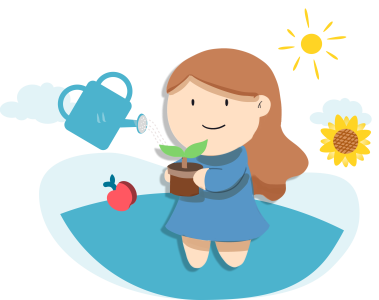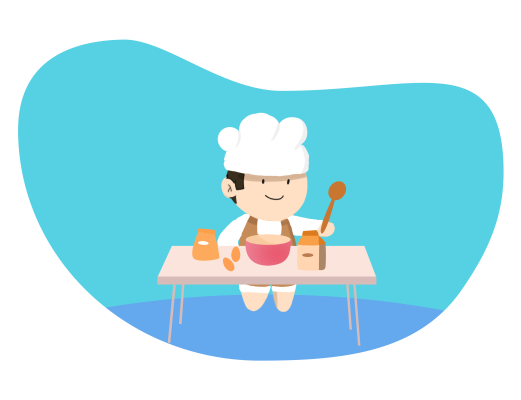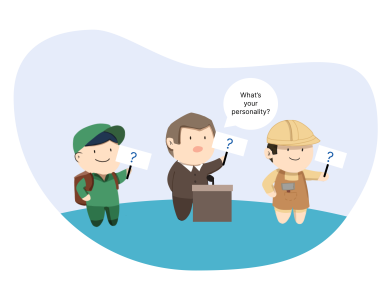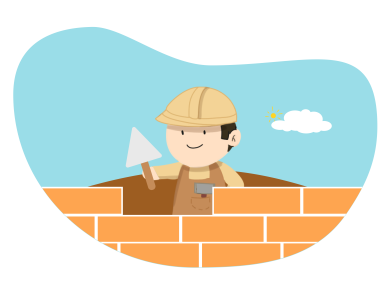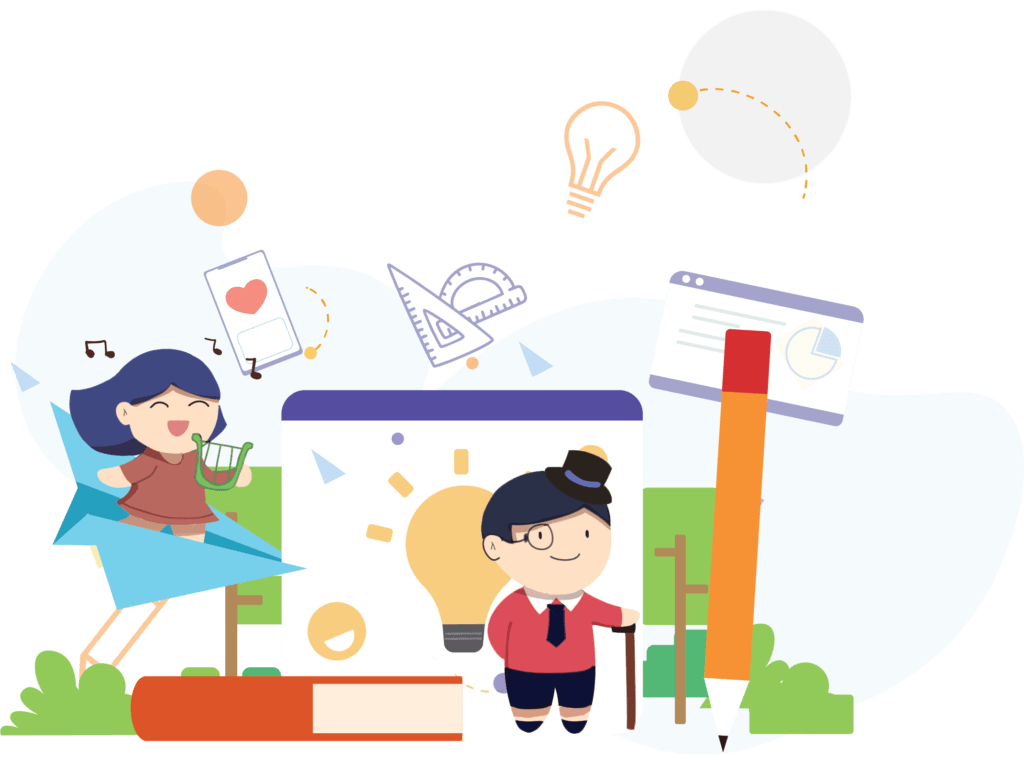Today, you’ll learn about cognitive development activities that can help your children read, listen, understand, and focus more quickly.
Parents of kids are happy to see how curious and interested their kids are becoming in the world. They have taken a major step in learning to read, write, count, and comprehend their environment.
It’s crucial that you create a stimulating environment for your kid to learn in. Young children are full of energy and curiosity, so take advantage of this to allow them to participate in fun educational activities.
In this stage of childhood, children improve their concentration, memory, and overall cognitive growth. Additionally, at this age, children develop the ability to see the interconnectedness of concepts, comprehend the law of cause and effect, and sharpen their analytical abilities. A person’s intelligence is directly responsible for all these advancements. But before we get into specific cognitive development activities, let’s explore the idea and the advantages it offers.
Advantages of Cognitive Development
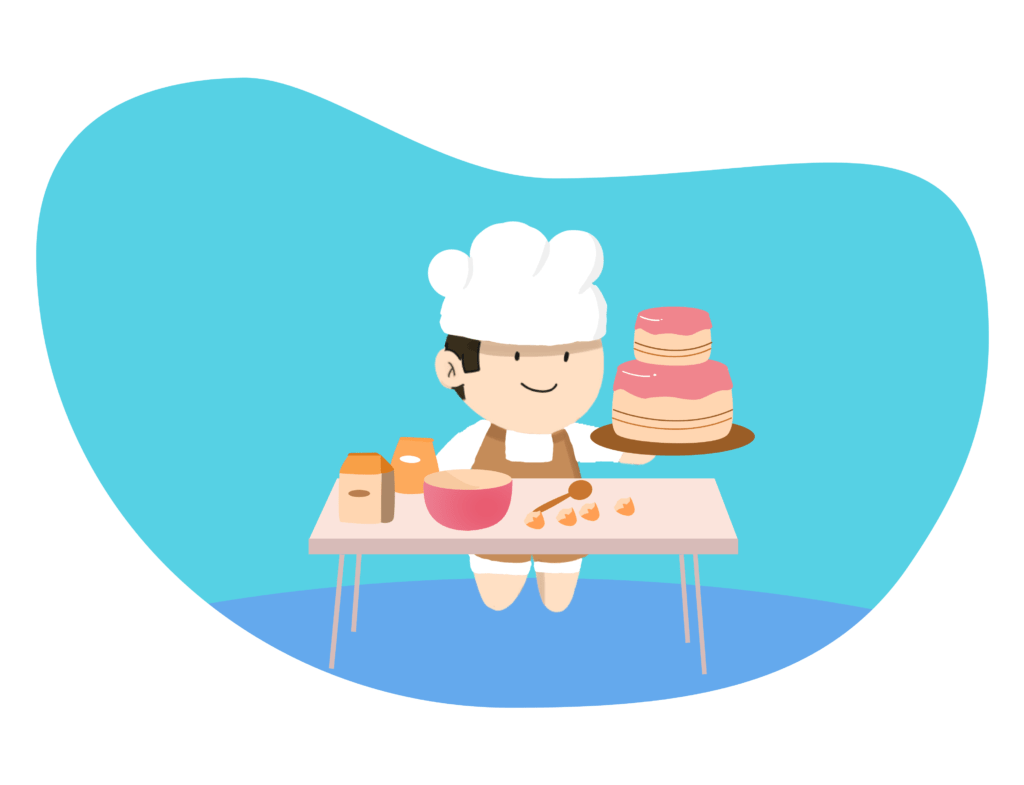
Cognitive development refers to a child’s increasing capacity for abstract thought and logical analysis. This transition may vary among children of different ages, and it may highlight the gradual growth of specific skills and intelligence. Cognitive development in children is crucial for acquiring and understanding information. The ability to empathize with another person requires both of these things. It aids in the development of the child’s capacity to draw conclusions, think independently, and solve problems. Among the advantages of mental growth are:
Encourages Lifelong Education
Students who practice cognitive learning are more likely to reflect on their actions, grow as thinkers, and graduate with the ability to make wise choices in the real world.
Enriches Knowledge
Young people who do cognitive learning are better able to understand new ideas and adjust to a wide range of situations.
Builds Confidence
Children who are better able to understand and learn will go after their goals with greater enthusiasm and self-assurance.
Improves Memory
How well a student understands a subject is directly related to how well they can remember what they have learned.
Promotes a lifetime passion for learning
Concept-based learning inspires students to keep expanding their knowledge and abilities. Both of these are essential for professional success.
Cognitive Development Activities for Kids
Now that we have defined “cognitive development,” we can look at some activities for encouraging this kind of learning in preschoolers.
A fun and engaging strategy for helping kids learn to count
Get a few cubes and use a marker to make a sequence of numbers from 1 to n. Your child can have a great time learning his numbers by either building towers of blocks to reach higher numbers or by using them as rulers to measure things like books.
Sense-based pattern-play development
For instance, place the salt in a sealable plastic bag, add a few drops of food coloring, and shake until the color is evenly spread. (If you find that the salt has become lumpy or too moist, then pour it out on a plate and let it dry in the sun for a couple of hours.) Use a plate and fill it with the colored salt. Now, to help your child with alphabet learning, have him use his finger to trace the form in the colored salt in the tray. Alternatively, he can make random designs or drawings.
Recognize the relationship between button devices’ causes and their effects.
The development of a child’s brain will greatly benefit from your explanation of cause and effect to him or her. Teaching your kid about cause and effect can be as easy as using a button to activate a toy that makes noise, moves, or lights up.
Encourage creative thinking through the arts.
Young people’s creativity is limitless. Art and craft activities are great for nurturing these inherent skills. Make a toy dog or other tiny animal out of play dough and have your child try to replicate your movements. After a few tries, your child will be able to replicate things they see in their environment. Having them color or draw something evokes a similar reaction. Use enticing colors to capture your kid’s attention.
Follow a set of directions in the form of a treasure quest.
Any child between the ages of two and three who can follow simple instructions will benefit from this game. Try surprising your little one with a fun activity like a treasure or scavenger hunt.
Start singing along.
Music is a great factor in cognitive and motor development. Instruct your child to join in your musical merriment. They’ll have a good time while also learning important social and mental skills.
Make stacking a practice
Let your kid get creative with the Lego setup. Children benefit from this because it encourages them to use their imaginations. You can also play stacking games with household items.
Allow them to help out around the home by doing some of the work
Your toddler may pick up useful skills as you play activities with them. At the same time, it’s important to let your child join in with household chores like tidying up and putting away items. Kids will learn to follow directions, improve their motor skills, and develop a feeling of responsibility through this activity.
Practice matching simple puzzles.
If you want to help your toddler’s brain grow, get a two-piece puzzle with pieces that are easy to see and that require your child to use memory and logic to put them together.
Learn colors with a color sorter.
Your toddler’s cognitive development relies heavily on his or her exposure to color, which is also a lot of fun. Provide your infant with a color sorter and instruct them on how to use it. Your child’s intelligence and reasoning capacity will greatly benefit from this.
Practice passing through a bike course.
Your toddler’s cognitive development encompasses more than just their mind. In the backyard, you can set up a bike racetrack or draw a course with chalk and have your child follow it as he or she rides through the course. Through outdoor play, children can practice using their hands and feet together to move forward, backward, and turn around, enhancing their ability to read reactions and respond appropriately.
Create easy, manageable, daily routines
Set up procedures that are clear and easy to follow. To keep toddlers from becoming overwhelmed, it’s important to stick to routines for everything from taking a bath and learning to eating, learning, and Storytime to trips to the park. They’ll learn to associate events and realize that they happen in a specific order as a result. The routine helps instill discipline in the child as well.
Takeaways
By the time they are two years old, most children can identify familiar faces and follow simple directions. You can teach him to recognize colors and the basics of how to respond to other cues, among other things. At this age, a child can benefit greatly from taking part in a wide range of cognitive tasks that stimulate his or her five senses. So, giving kids these kinds of chances to learn will help them reach a wide range of developmental milestones and give them a richer sensory-motor experience.
